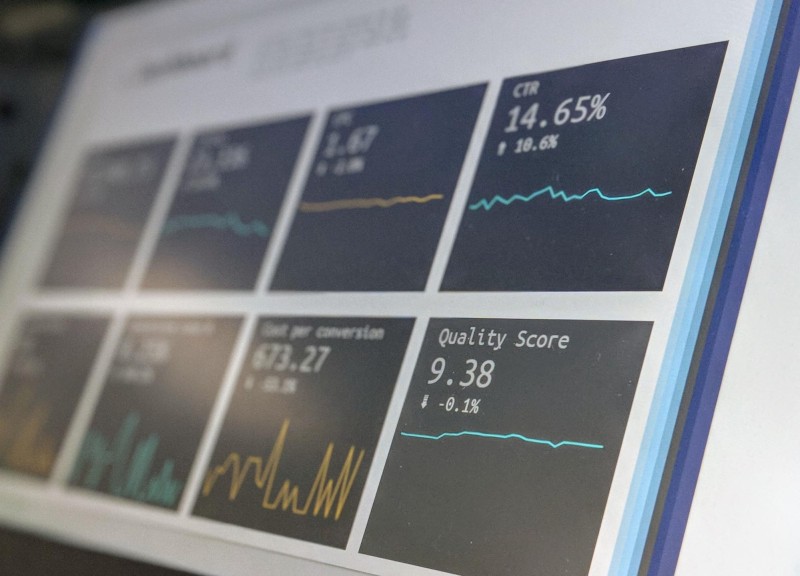In today's fast-paced business environment staying ahead of the competition is essential. This importance is underscored by a striking statistic: 90% of Fortune 500 companies utilize competitor intelligence (CI) to gain a competitive advantage. This high adoption rate among the world's most successful companies highlights CI's critical role in strategic decision-making and maintaining a competitive edge across various industries.
CI is a strategic approach that empowers businesses to gather, analyze, and use information about their rivals ethically and effectively. By leveraging CI, companies can understand their competitors better, anticipate market trends, identify opportunities, and make informed strategic decisions.
Let’s delve into the core strategies that constitute the foundation of CI, understanding its significance in the context of its widespread use among leading global corporations.
Identifying Key Competitors
The journey into competitor intelligence starts by pinpointing your main rivals. This isn't just about knowing who they are but understanding their business models, products, and market approaches. Look at direct competitors offering similar products or services, and indirect competitors satisfying similar customer needs differently.
This identification process is crucial as it sets the foundation for a more tailored and focused analysis. Knowing your competitors well aids in understanding their strategies and actions, which in turn helps in anticipating market shifts and planning your strategies effectively.
Remember, the goal here is not to mimic them but to understand their moves to better navigate the competitive landscape. This approach requires a balanced view, considering both established market players and emerging challengers who could disrupt the status quo.
Gathering Information Ethically
Ethical information gathering is the backbone of effective competitor intelligence. This involves collecting data through legitimate means, ensuring that your methods respect privacy and legal boundaries. You can leverage publicly available resources like corporate websites, financial statements, press releases, customer feedback, and social media platforms.
For example, monitoring competitors on social media, particularly Instagram, can be highly effective. Given its immense popularity and visually oriented format, Instagram often serves as a venue for businesses to post updates about ongoing projects and offer a glimpse into their behind-the-scenes operations. This is perfect for those looking to get reliable and first-hand competitive intelligence.
For instance, with the help of a free Instagram Story viewer tool, you can see what competitors are doing and how they are piquing the interest of prospects, enabling you to create your strategy better. This source can offer a wealth of information that can provide insights into competitors’ strategies, financial health, customer perception, and market presence; and it is not unethical.
That being said, it’s worth mentioning that ethical data collection not only maintains your company's integrity but also ensures that the information you rely on is accurate and reliable. Remember, the quality of the intelligence you gather directly impacts the effectiveness of your competitive strategy.
Conducting a SWOT Analysis
A SWOT analysis, focusing on strengths, weaknesses, opportunities, and threats, is a powerful tool in competitor analysis. It involves a deep dive into what your competitors do well (strengths), areas where they falter (weaknesses), potential market opportunities they could exploit (opportunities), and external challenges they might face (threats).
This analysis offers a comprehensive view of the competitive landscape, helping you understand not just where your competitors stand today but also where they might be heading in the future. By analyzing their strengths, you can learn best practices and benchmark against them. Identifying their weaknesses can help in pinpointing areas where your business can gain a competitive advantage. Moreover, understanding potential opportunities and threats in the market allows for proactive strategy development, ensuring that your business is well-prepared for future market dynamics.
Monitoring Market Trends
In addition to understanding competitors, it's essential to keep a finger on the pulse of broader market trends. This includes technological advancements, shifts in consumer preferences, regulatory changes, and economic factors.
These trends can significantly influence how competitors and your business operate. By staying informed about these trends, you can better anticipate market changes and adapt your strategies accordingly.
This proactive approach helps in maintaining a competitive edge as the market evolves. It's not just about reacting to what competitors are doing but also about being ahead of the curve in understanding and responding to market shifts. Regularly monitoring these trends ensures that your business remains relevant and can seize opportunities as they arise.
Using Intelligence Strategically
The ultimate goal of competitor intelligence is to inform and enhance your business strategies. This involves applying the insights gathered to make informed decisions about product development, marketing, sales, and overall business strategy. For instance, insights into a competitor's successful product can inspire innovation in your product line.
Understanding their marketing strategies can help in refining your marketing campaigns to better target customers. However, it’s vital to use this intelligence to improve and differentiate your business, rather than to directly copy competitors or engage in unfair practices.
The strategic application of CI should focus on leveraging your unique strengths and opportunities in the market, ensuring that your business not only competes effectively but also maintains its integrity and distinctiveness in the market.
Conclusion
Gathering competitor intelligence is not about copying or undercutting your competitors; it's about understanding the market and positioning your business for success. By gathering and analyzing information ethically and effectively, you can make informed decisions that drive your business forward. Remember, the goal of CI is to foster a competitive edge while maintaining integrity and professionalism in the market.
